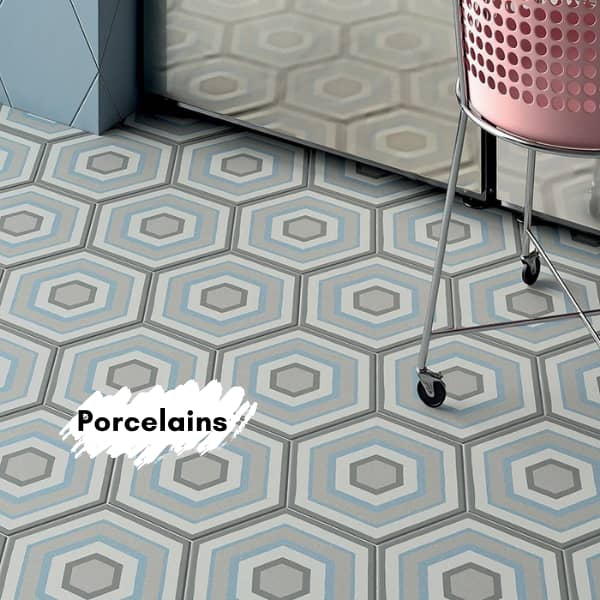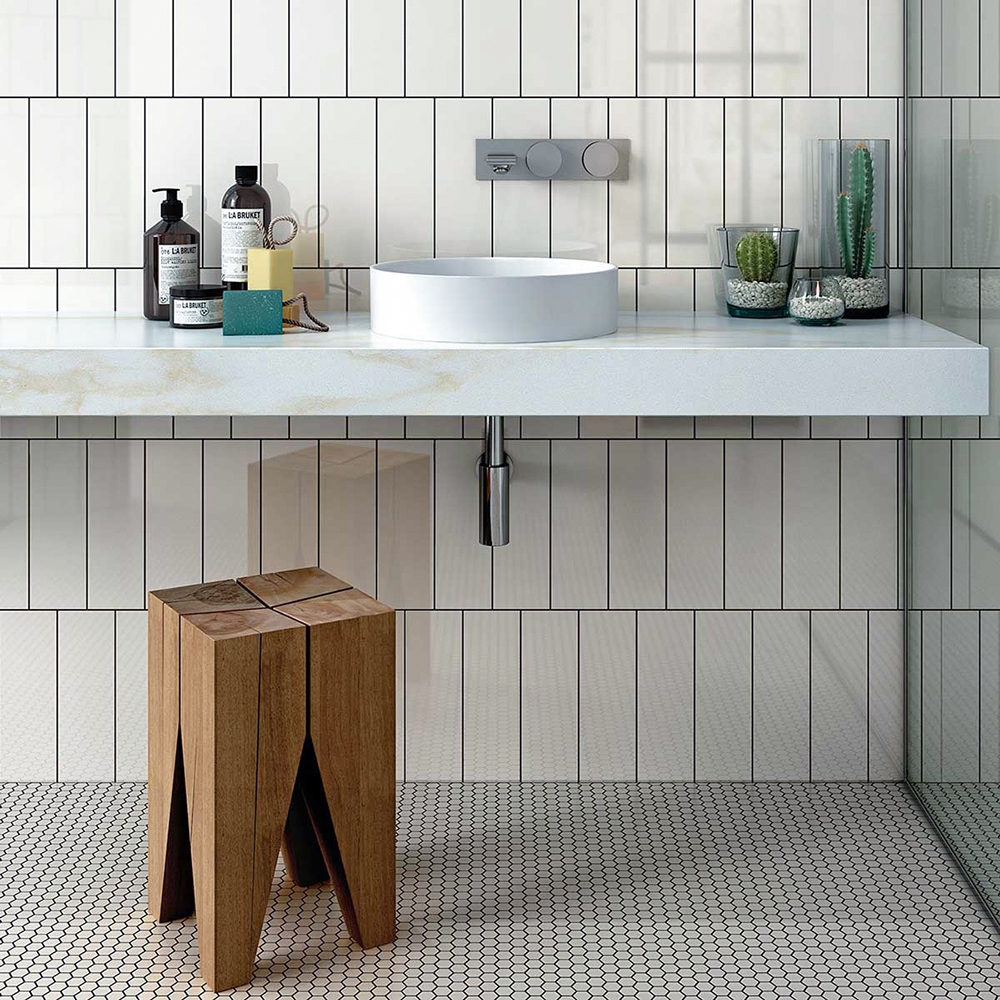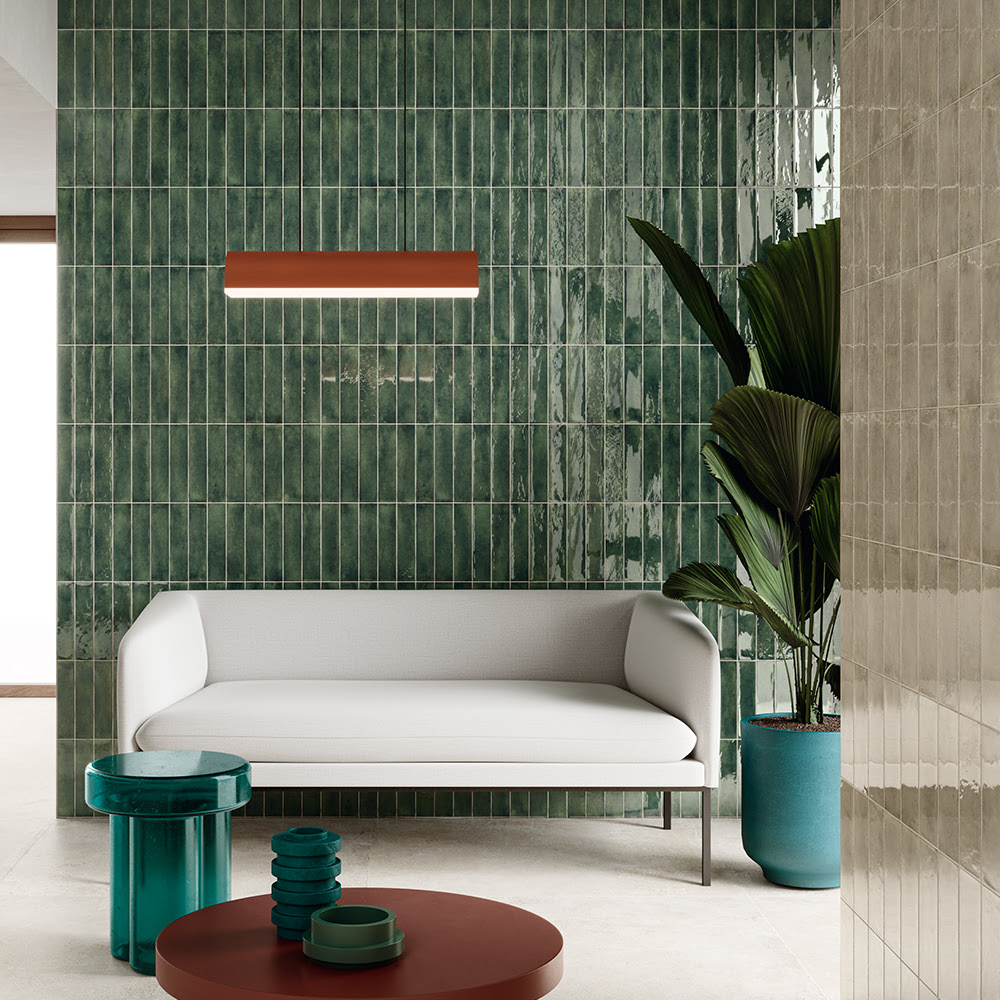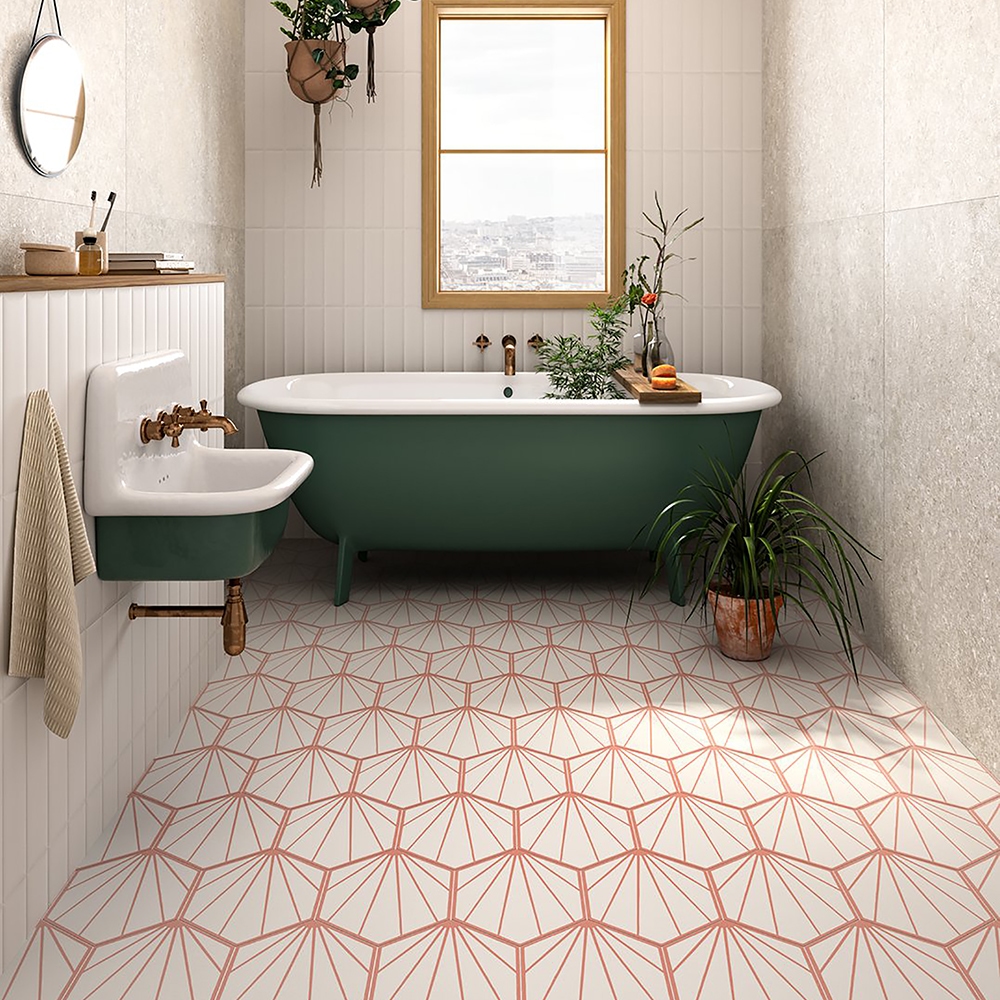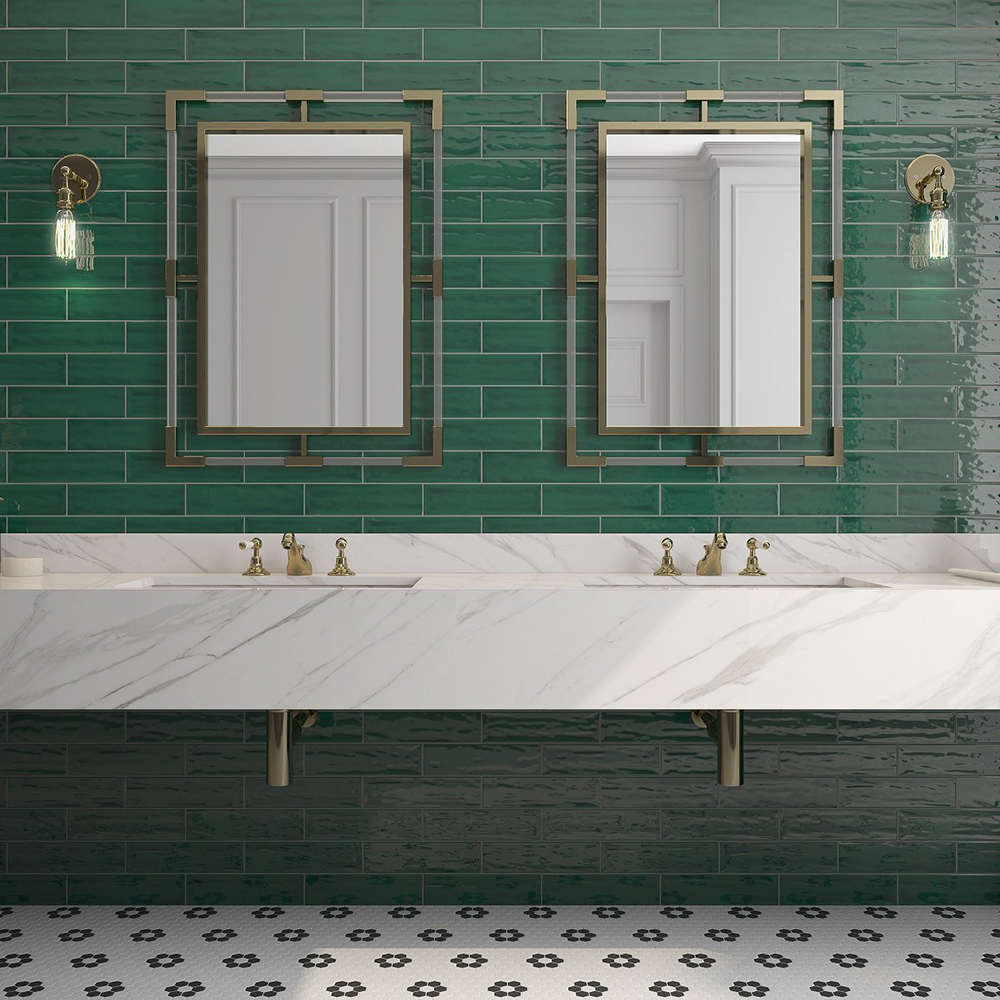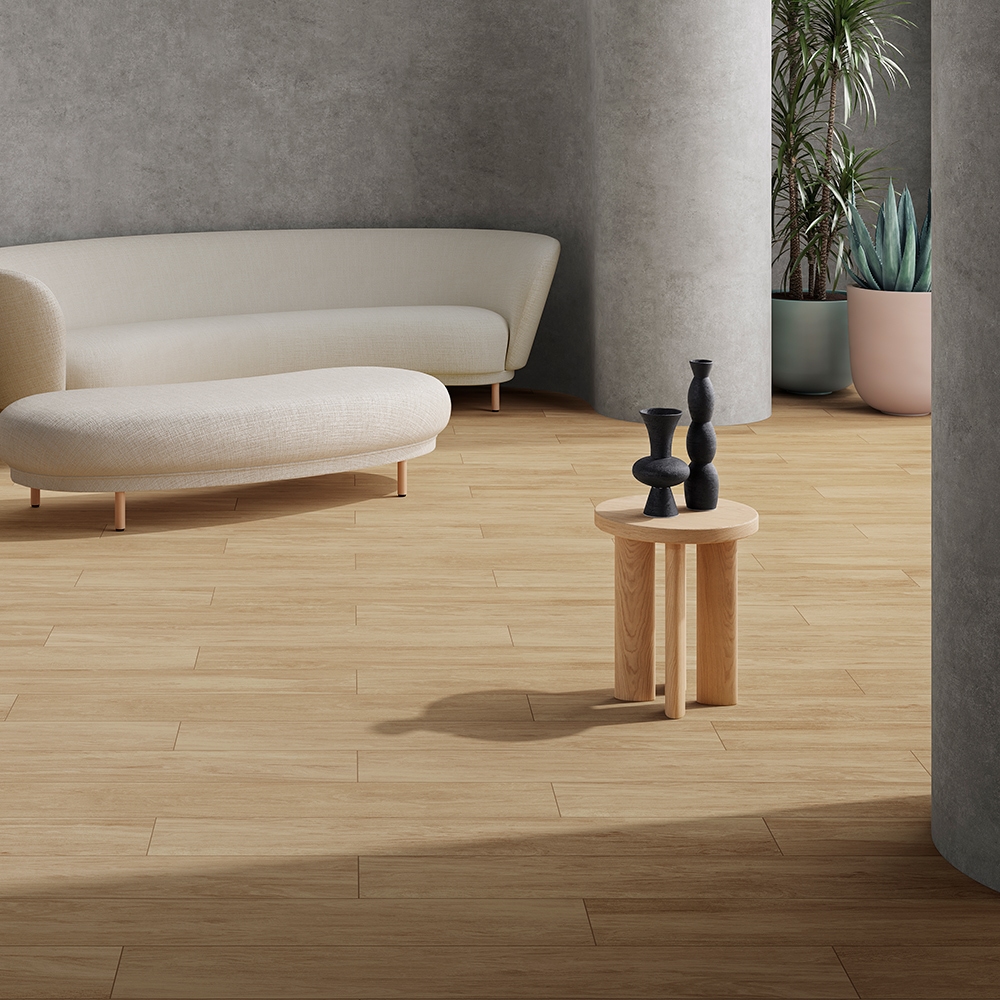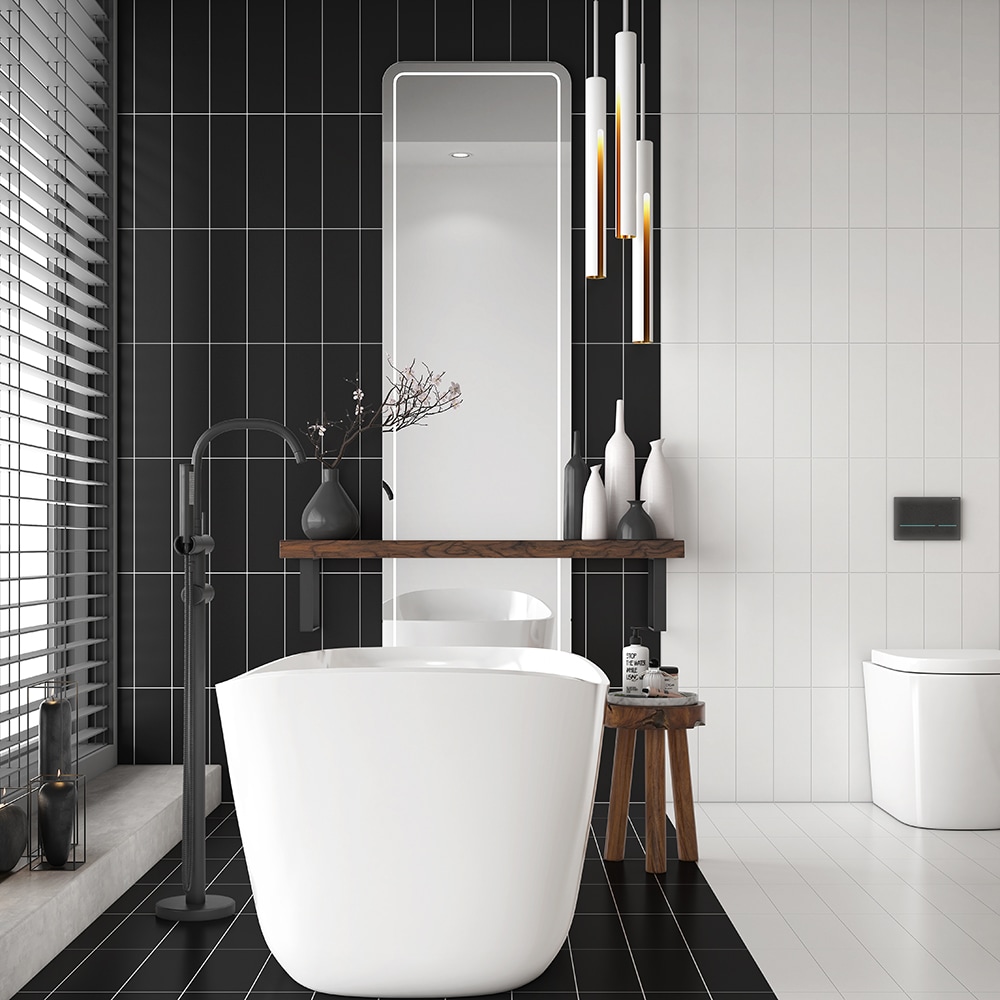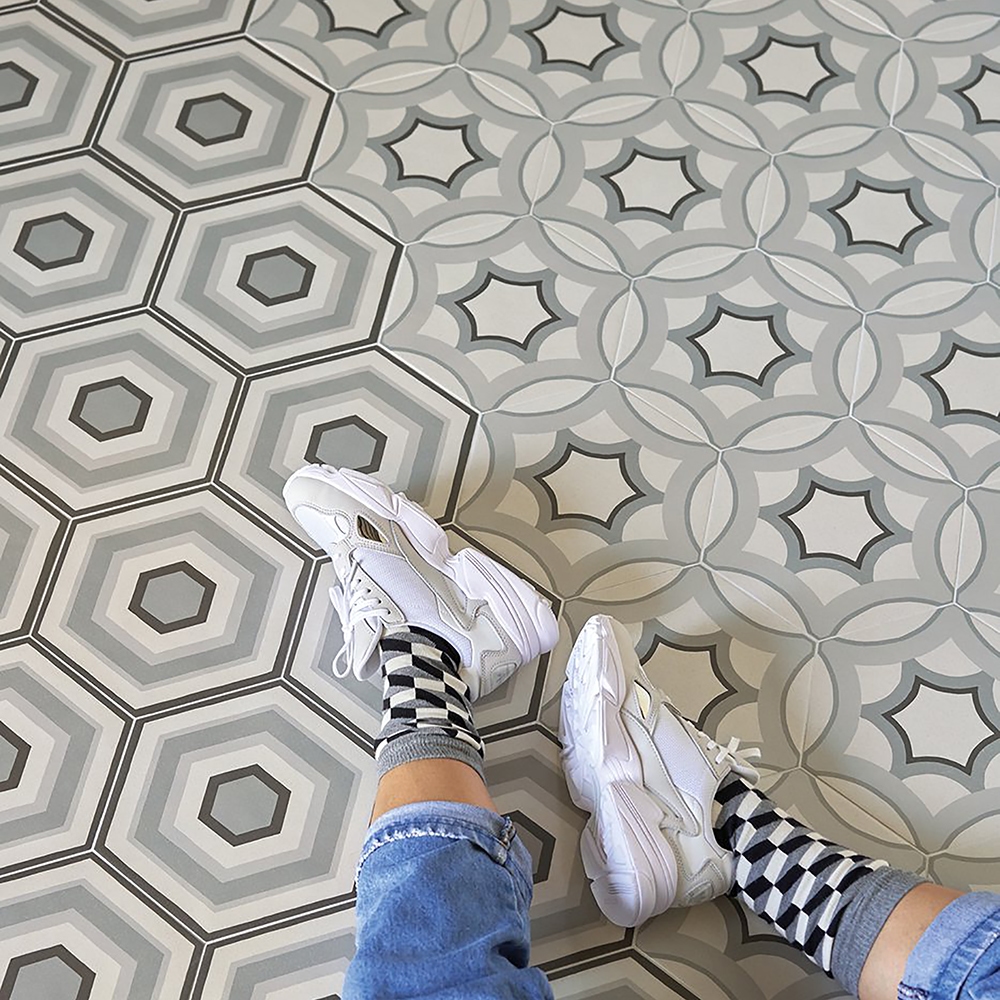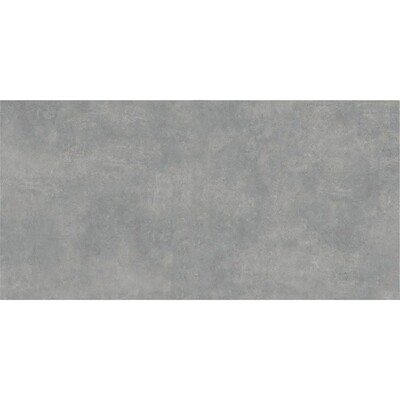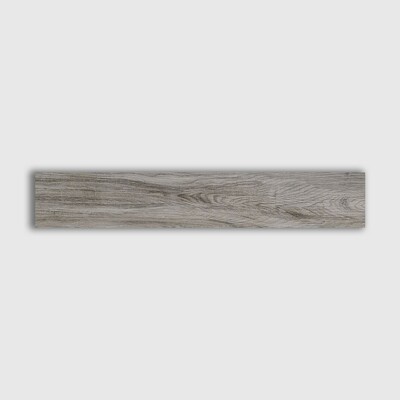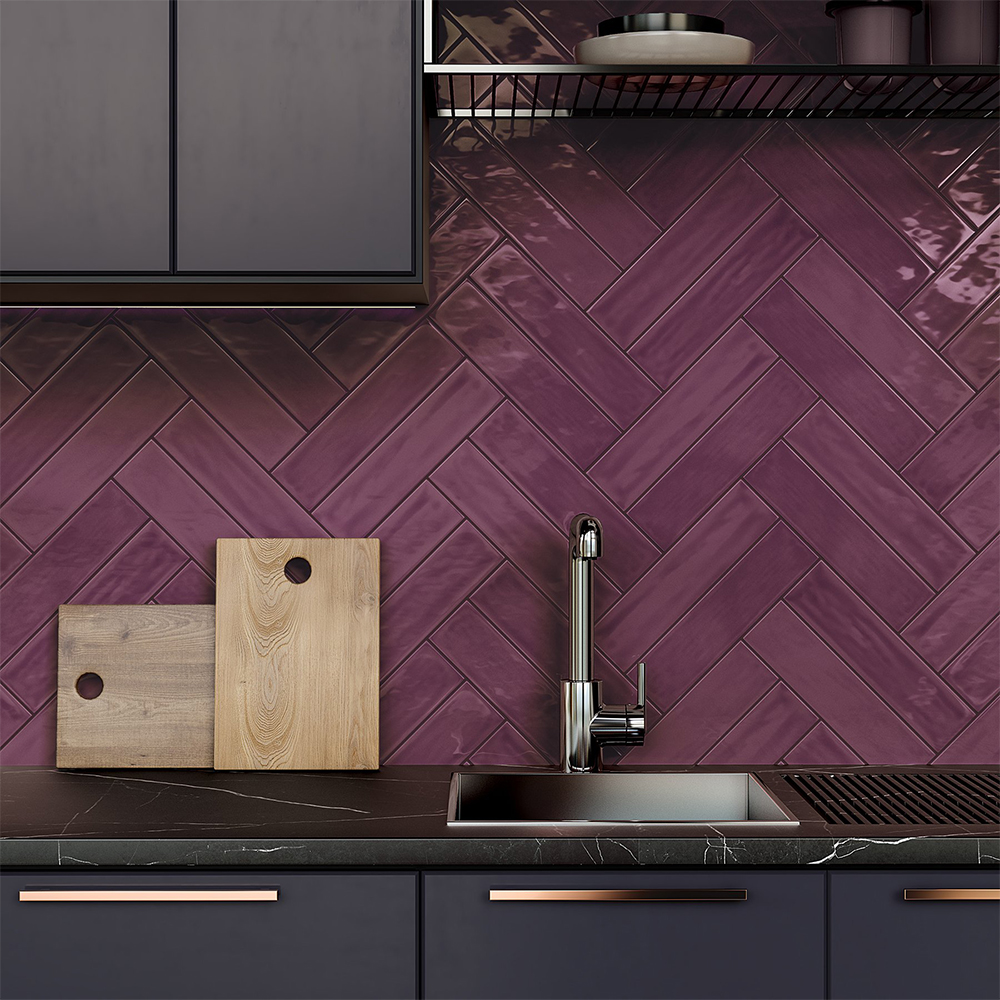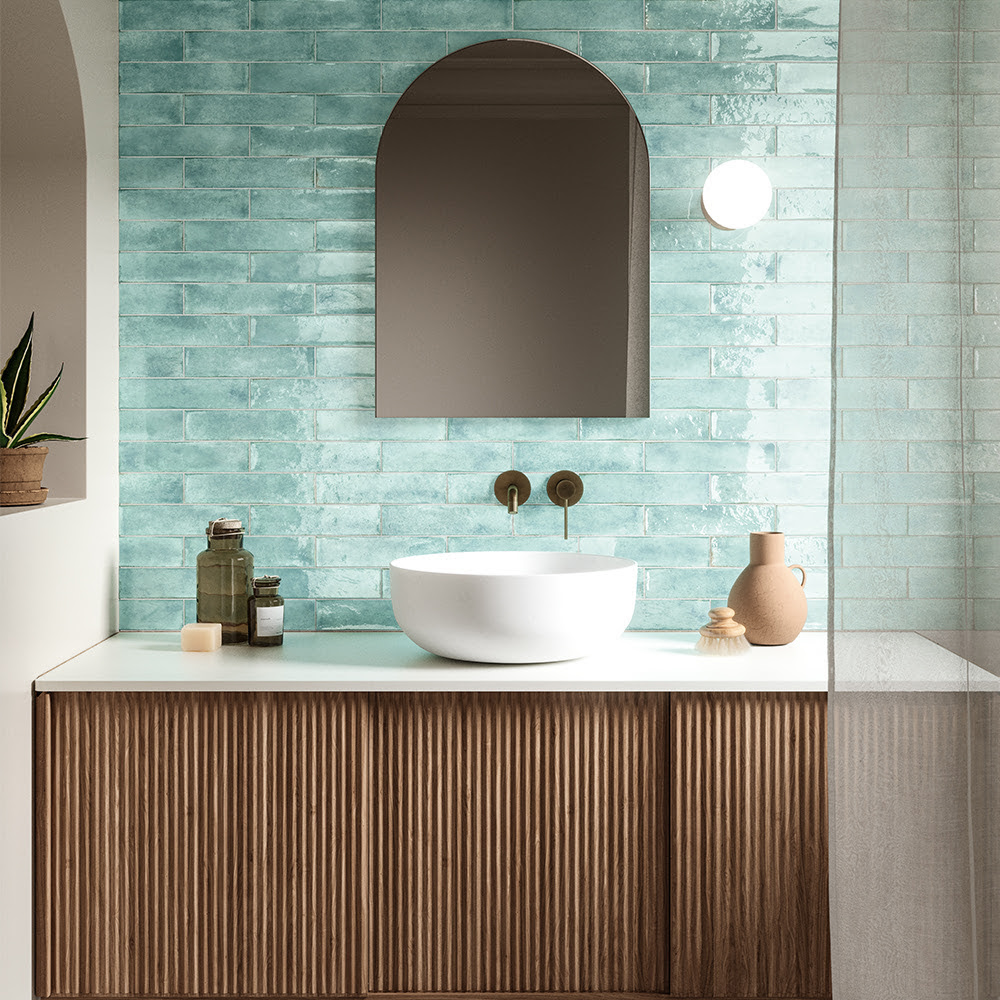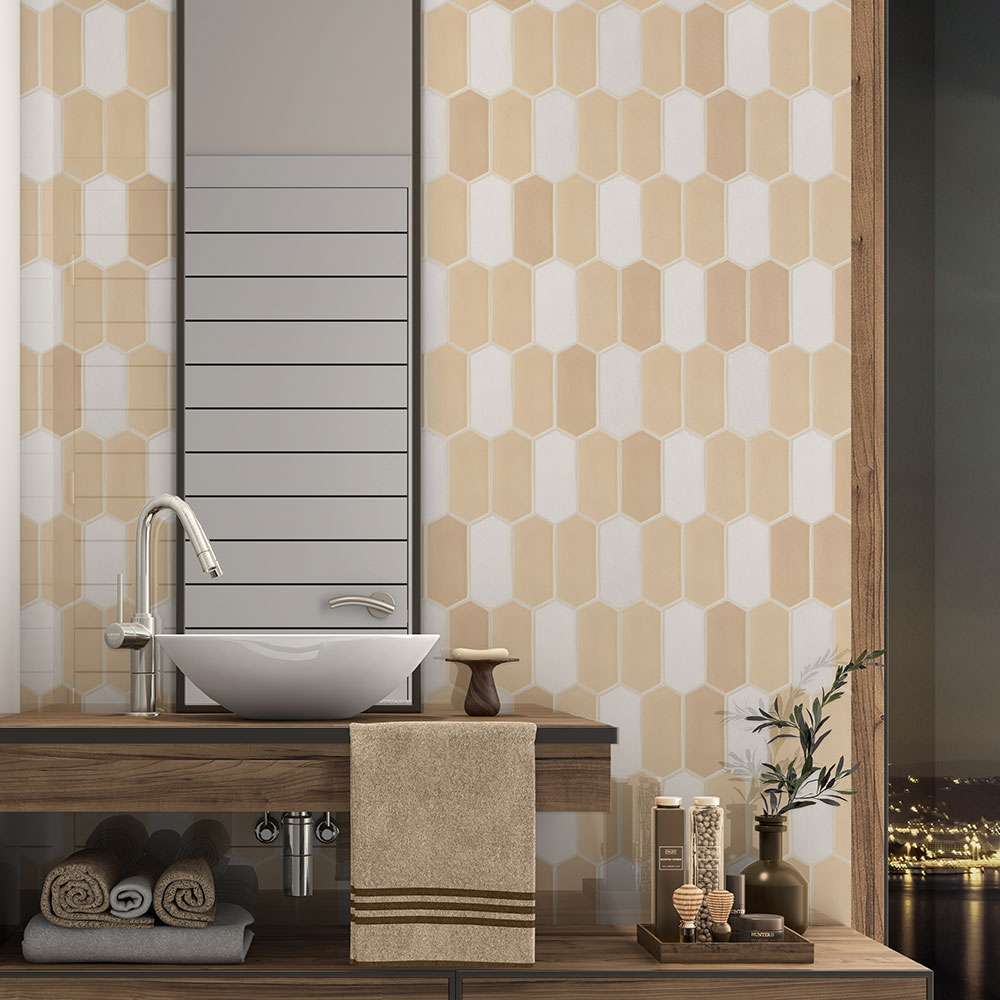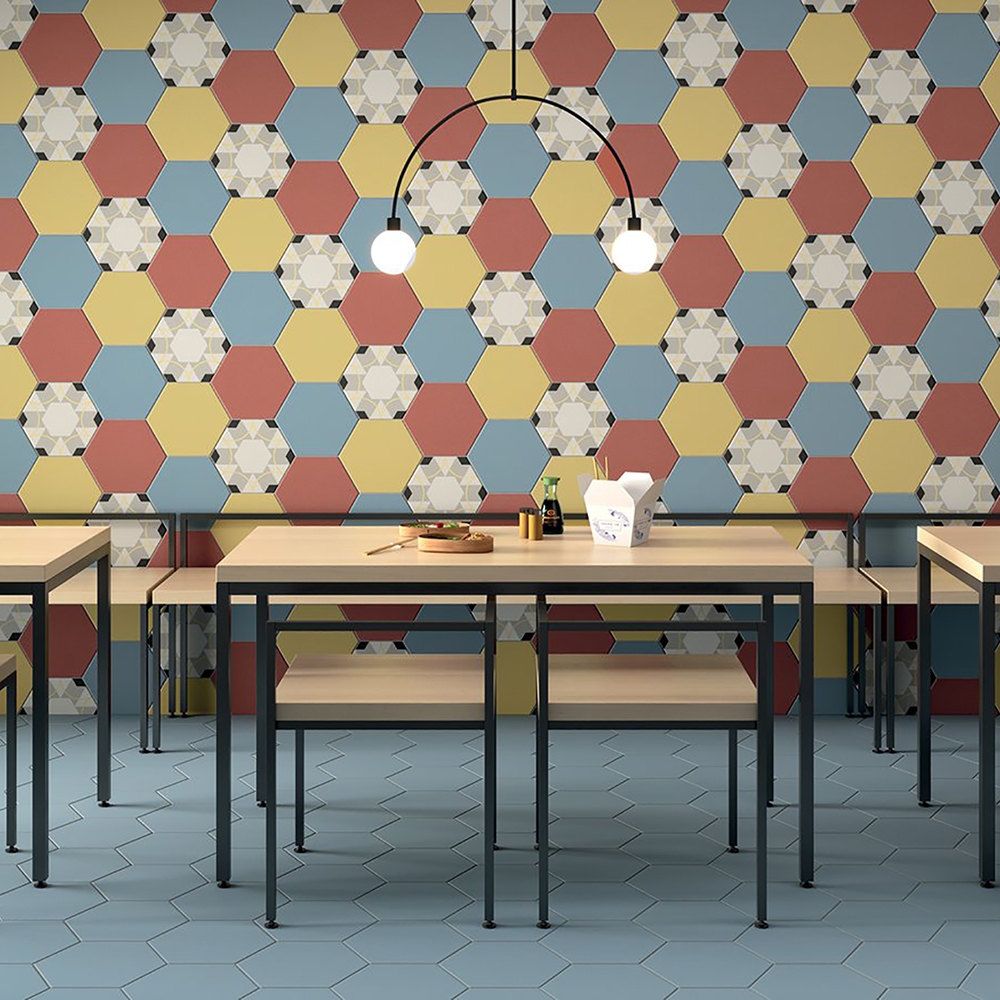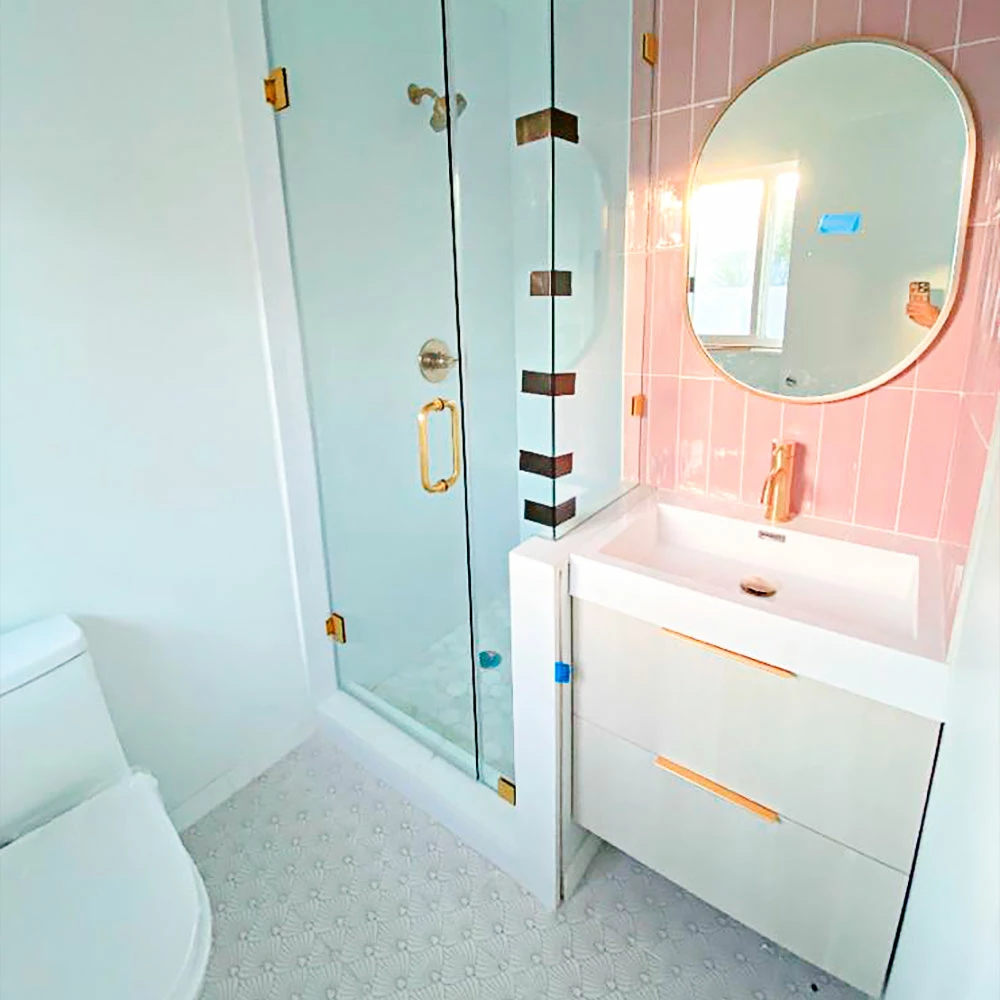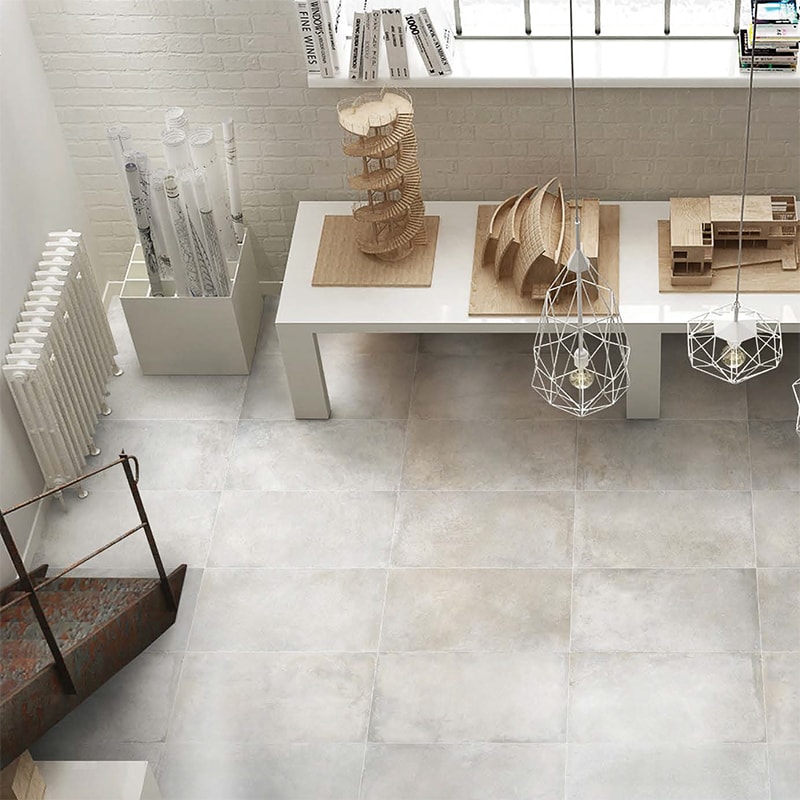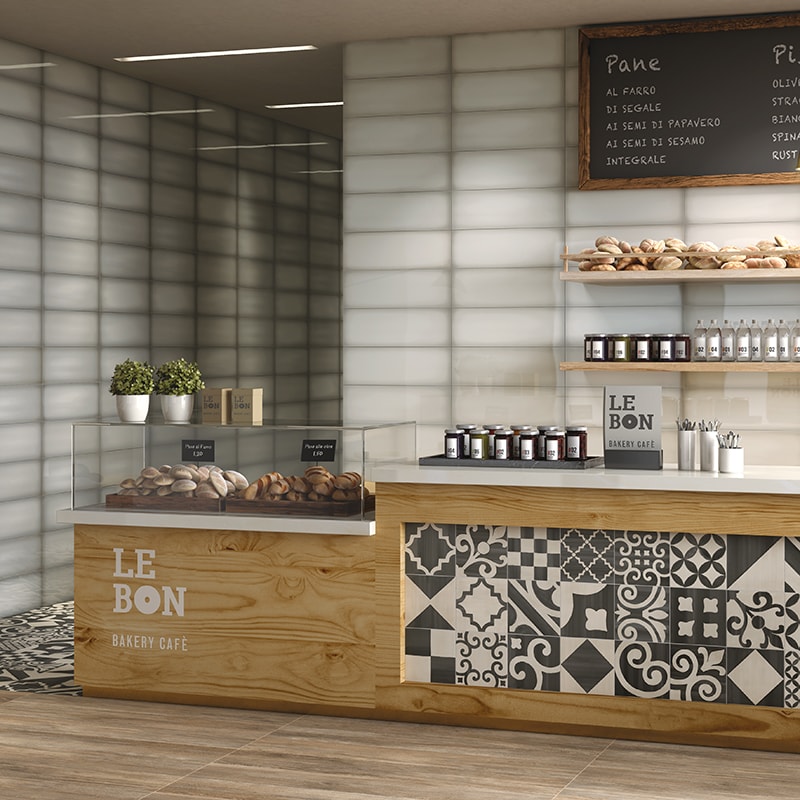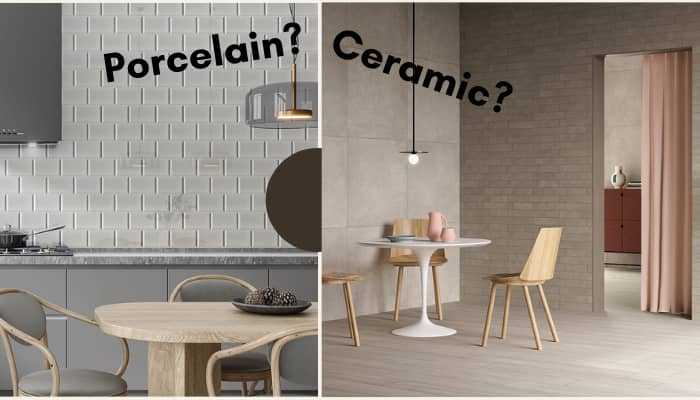
Porcelain vs Ceramic Tile: Pros and Cons of Porcelain and Ceramic
Porcelain vs. Ceramic Tile? In this article, we’ll try to find the answer to this question. Porcelain is often confused with ceramics. That is very normal due to the nature of these two similar materials. When we speak of porcelain tiles and ceramic tiles, we often use one for another or vice versa. While these two materials are very similar, there are many distinctions, especially in interior design.
Differences Between Ceramic and Porcelain Tile
Though the number of differences isn’t many, and they are mostly the same, you should keep a few differences in mind, as choosing a material that doesn’t fit your needs might cost you more than the installation cost.
Comparison of Constructions
When you put porcelain vs. ceramic, the main difference stems from their construction. This difference is the main reason for their other differences like cost and water absorption. To put it simply, porcelain tiles are made of purer and finer clay, refined clay, while ceramic is made mainly of coarser clay. Though the clays used while making these tiles are both fired in a kiln, the clay used while producing porcelain is fired at higher temperatures, resulting in changes in its durability, density, and cost.
Comparison of Cost
The difference between their constructions, while bringing benefits like higher water absorption rate and durability, brings a downside: cost. Though it depends on the product’s exact properties and the product’s supplier, generally, the cost of porcelain tiles is significantly higher than ceramic tiles as refining clay takes more effort and time.
Comparison of Density and Durability
As the materials used for porcelain are of higher quality, porcelain is better in terms of durability and density. This leads porcelain to have better water resistance, which is a water absorption rate of 0.5 percent or less, and better durability, meaning that damages like chipping on a porcelain tile are nearly invisible. This doesn’t mean ceramic doesn’t absorb water or easily breaks. With additional coating, ceramic tiles can also reach a water absorption rate of 0.5, and as long as there’s no heavy work on them, ceramic tiles will also not break. In other words, so long as both materials are cared for and used in their proper area of usage, neither tile will cause any problems.
Comparison of Uses Area
Though there are no strict rules for their usage areas, lower cost, availability of more design options, and lack of allergens make ceramic great for indoor floor tiles and wall tiles. Also, houses, while having better durability and resistance, a higher life span, and ease of maintenance, make porcelain great for indoor and outdoor floors, walls, and places like offices or cafés. Both types of tiles can be used in both houses and offices. It all comes down to personal preference. But, as there is no definitive answer to the question “Which is better, porcelain or ceramic tile?”, it is always better to make choices while also considering things like the traffic of people or the allergies of the people who will use the tiles.
Despite having the same appearance, porcelains and ceramics have different qualities, making them unique in their way. The durability and strength make porcelain better than ceramics, but if you look for cheaper options, then ceramic has what you need.
It all depends on what your budget is, and what are your preferences in terms of design, quality, and looks.
Both porcelain and ceramics have a long history; porcelain is known to be used by the Chinese as early as 3000 B.C. and later on in Egypt. Its use gradually spread throughout Asia and Europe over time.
Short History of Porcelain Tiles
Porcelain tiles were invented in ancient China. In the 15th century, people used these tiles primarily used to tile floors. However, many people began using them for wall decoration later on. Many European palaces also had at least one room equipped with decorative plaques of porcelain from the Qing Dynasty (1644-1912).
Short History of Ceramic Tiles
It is difficult to determine the origin and invention of ceramic tiles. Some scholars believe they were first fired in ancient Egypt; others say Mesopotamia, while others point to China.
Regardless of which continent it came from, by 1000 B.C., this technology had been well-established on several continents.
You can find these two materials around the world in homes, businesses, or even public areas. They are available in great designs and finishes, providing unlimited options for interior design enthusiasts or even professionals.
The Origin of Porcelain and Ceramic
Porcelain and ceramic tiles are made from very different materials. Porcelain is a non-crystalline material that originates from the feldspars group, while porcelain’s main component – kaolin – has its origins in clay. On the other hand, ceramics have their basis in crystalline materials such as quartz.
These basic construction details reveal one significant difference between porcelain and ceramic tiles: porcelain is considerably harder than ceramic tiles. Such porcelain’s exterior finish will retain its shape in time without chipping or becoming uneven over the years of use.
Ceramic is More Porous Than Porcelain
However, since porcelain’s surface is not porous, it’s exposed to stains more easily than ceramic-tiled surfaces, which are usually more porous than porcelain.
On the other hand, ceramic tiles have a porosity about twice that of porcelains, making them absorbent to liquids and stains much easier compared to porcelain.
Porcelain is More Scratch Resistant
As porcelains are harder than ceramics, porcelain is more resistant to scratching and cracking, making porcelain tiles the ideal choice for areas where high traffic levels apply.
Porcelain vs Ceramic Tile: Durability
Porcelains’ strength gives porcelain tiles a longer lifespan when used in commercial projects or even floors outside your home.
The porosity of porcelains makes porcelain tiles more resistant to wear and tear compared to ceramic. That is why the use of porcelains in areas where high traffic levels apply is highly recommended. Porcelain’s hardness makes them scratch-resistant and durable when used on floors outside your home or in commercial projects. Such features make porcelain tiles a step ahead of ceramic ones.
Porcelain vs Ceramic Tile: Price
In terms of price, both porcelain and ceramic tiles are generally cheaper than natural stones like marble tiles and granite tiles. But prices also depend on their quality. Here are some tile prices on our website.
Porcelain Tile Prices
Ceramic Tile Prices
Although porcelains tend to be more expensive, they provide better value for money because of their hardness, quality, and durability, making porcelain tiles a step ahead of ceramic ones.
Porcelain tiles can be more expensive than ceramic tiles, but porcelains are not cheap in quality. When porcelain is used for flooring, the improvement of home appearance is outstanding. You can save money when porcelain tile is used as a backsplash and countertops. Porcelain doesn’t need to be shiny like glazed ceramic tiles.
Health & Safety
One significant benefit porcelain has over other tiles is that it doesn’t give off toxic fumes when heated or burned, unlike different types of materials. On the other hand, ceramic tiles may contain heavy metals such as cadmium and lead. This can pose a threat to your family’s health if the flooring material was left bare without any cover. Luckily, with the proper regulations, manufacturers avoid these health issues.
But of course, in today’s world, regulatory authorities in the U.S. do not let manufacturers produce such unhealthy ceramic tiles. You can check the manufacturer’s guarantee before buying.
Protective application
Porcelain is often recommendable on tiled floors because porcelain’s hardness and durability reduce the chances of accidental damage to the floor. People prefer floor porcelain in bathrooms, kitchens, and living rooms as porcelain tiles are resistant to stains from food and water.
Porcelain tile can also withstand high temperatures, such as in saunas or hot tubs. It has a consistent color that does not fade with time which is a great advantage for most homeowners wanting to install porcelain tiles on their home’s flooring. On the other hand, ceramic tiles are less durable, making them unsuitable for very high-traffic areas like bathrooms and living rooms.
Color options
Ceramics comes with more color choices than porcelain, allowing you to choose an appropriate ceramic tile for your home’s décor. Ceramic tiles are available in a wide range of neutral tones like gray, brown, and black to vibrant shades like red, blue, or cream.
Installation
We install porcelain tiles similarly to ceramic tiles and use them in the kitchen. However, porcelain takes a lot longer to install. It is difficult to remove and replace porcelain tiles. So once porcelains have been installed, you can’t change your mind about using them, or else it’ll make more money and effort to remove porcelains than it would have to install ceramic.
Porcelain is easier to install compared to ceramic since porcelain has waterproof properties, unlike ceramics. Still, porcelains should not be removed from their base even if they break easily. Removing porcelains from their base will require special tools usually available only at flooring supply stores. In contrast, you can replace ceramic easily if damaged. You can replace porcelains only if you have porcelain of the same size and shape.
Of course, if you prefer a professional installation, you can ignore these considerations. If you are a DIY person, you may need professional equipment to cut the porcelain tiles properly.
Porcelain tiles are popular choices because porcelain has a more rigid surface than ceramic; porcelain will last decades as porcelain is more durable than ceramic, which can easily chip or break when dropped accidentally. Porcelains also resist scratching better than ceramics, thus making porcelains ideal for high-traffic areas with lots of foot traffic like kitchens and living rooms.
Although porcelains may be expensive, they still come with lower price tags than luxury stones like marble or granite.
Final Thoughts on Porcelain vs Ceramic Tile
When porcelain is fired to a temperature of over 2,000 degrees Celsius, it retains its strength and durability without becoming brittle. Porcelain and ceramics are inexpensive materials that make them easy to install in your home or business establishment.
You can find ceramic tiles in a wide range of colors and patterns that can complement the design of your home or office. This makes them versatile products for commercial use, especially when you want to change the look and feel of a place by changing its flooring instead of opting for another wall covering material like paint.
Porcelain is, on the other hand, more durable, heat and scratch resistant than ceramic tiles. They are primarily used as field tiles – meaning; you can use porcelain tiles on heavy foot traffic areas such as entrances, hallways, or wet areas like bathroom floors or shower floors.
Price-wise, they are both cheaper than natural stone tiles such as marble or granite. We can say that there are more color and pattern options on ceramic tiles than on porcelain tiles. It is up to you to choose between these two beautiful and modern flooring materials.
Carry out your unique style with Stone Tile Depot and our exclusive collections, shop now!
